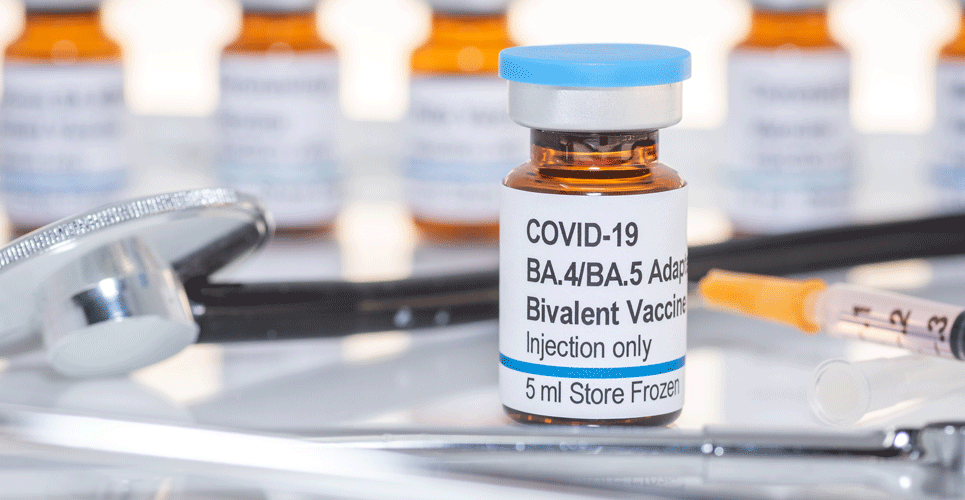The antibody response to an Omicron BA.4/BA.5 bivalent booster appears to be similar to that generated after a fourth monovalent mRNA vaccine
The antibody response produced after receipt of an Omicron BA.4/BA.5 bivalent booster was no higher than the response induced after a fourth dose of monovalent mRNA vaccine dose against COVID-19 variants according to a small pre-print study by a team of US researchers.
The evolving nature of the COVID-19 virus had led to many variants such as Omicron. However, this variant too has further mutated to create the sublineages BA.2.12.1, BA.4 and BA.5 that which can escape neutralisation by current vaccines. As a result, companies have quickly adapted their vaccines and the FDA has given emergency use authorisation to what have been termed ‘bivalent boosters’ produced by both Moderna and Pfizer-BioNTech. Similarly, the European Medicines Agency, has also recommended authorising an adapted bivalent vaccine targeting the Omicron sub-variants BA.4 and BA.5. The bivalent vaccines contain two messenger RNA components of COVID-19; one directed at the original strain and the other towards the BA.4 and BA.5 lineages of the omicron variant. There is currently limited data on the antibody response generated with these bivalent vaccines. However, one recent study compared the Moderna bivalent vaccine as a second booster to receiving a fourth dose of the original, monovalent vaccine. The results showed that the bivalent vaccine elicited a higher neutralising antibody response against omicron BA.4 and BA.5 than the monovalent vaccine. Furthermore, preliminary data on a bivalent vaccine manufactured by Pfizer BioNTech, was reported to show that in sera collected from participants 7 days after administration of a 30-µg booster dose of the Omicron BA.4/BA.5-adapted bivalent COVID-19 vaccine, there was a substantial increase in the Omicron BA.4/BA.5 neutralising antibody response above pre-booster levels.
In the present study, researchers collected sera from individuals who had previously received three doses of a monovalent vaccine, followed by a single dose of a bivalent vaccine. The researchers then compared the neutralising capacity against COVID-19 to panels of sera collected from participants who had received either 3 or 4 monovalent mRNA vaccine doses as well as from individuals who experienced a breakthrough infection with BA.4/BA.5. The sera samples were all tested against the original COVID-19 strain, Omicron sublineages, BA.1, BA.2, BA.4/BA.5, BA.4.6, BA.2.75 and BA.2.75.2.
Antibody response for COVID-19 variants
A total of 74 patients provided samples of whom, 19 with a mean age of 55.3 years (89.5% female) had previously received four doses of a monovalent vaccine although those who were given a bivalent booster were younger (mean age 36.4, 76.2% female). Serum samples were collected a mean of 24 days following the booster dose for the monovalent group and after a similar interval (mean 26.4 days) in the bivalent group.
All the cohorts displayed a high antibody response to the original COVID-19 strain but there were no differences for the other variants. In other words, receiving a booster vaccine which targeted both the original COVID-19 strain and the BA.4/BA.5 variants, did not produce a superior antibody response against all of the variants tested, compared to boosting with a fourth dose of a monovalent vaccine.
The authors suggested that these results may indicate immunological imprinting, i.e., whereby initial exposure to one virus strain effectively primes B cell memory and limits the development of memory B cells and neutralising antibodies against new minor variant strains of the virus. Moreover, they suggested that follow-up studies were needed to determine if the antibody responses change over time.
Citation
Wang Q et al. Antibody responses to Omicron BA.4/BA.5 bivalent mRNA vaccine booster shot. BioRxiv 2022

